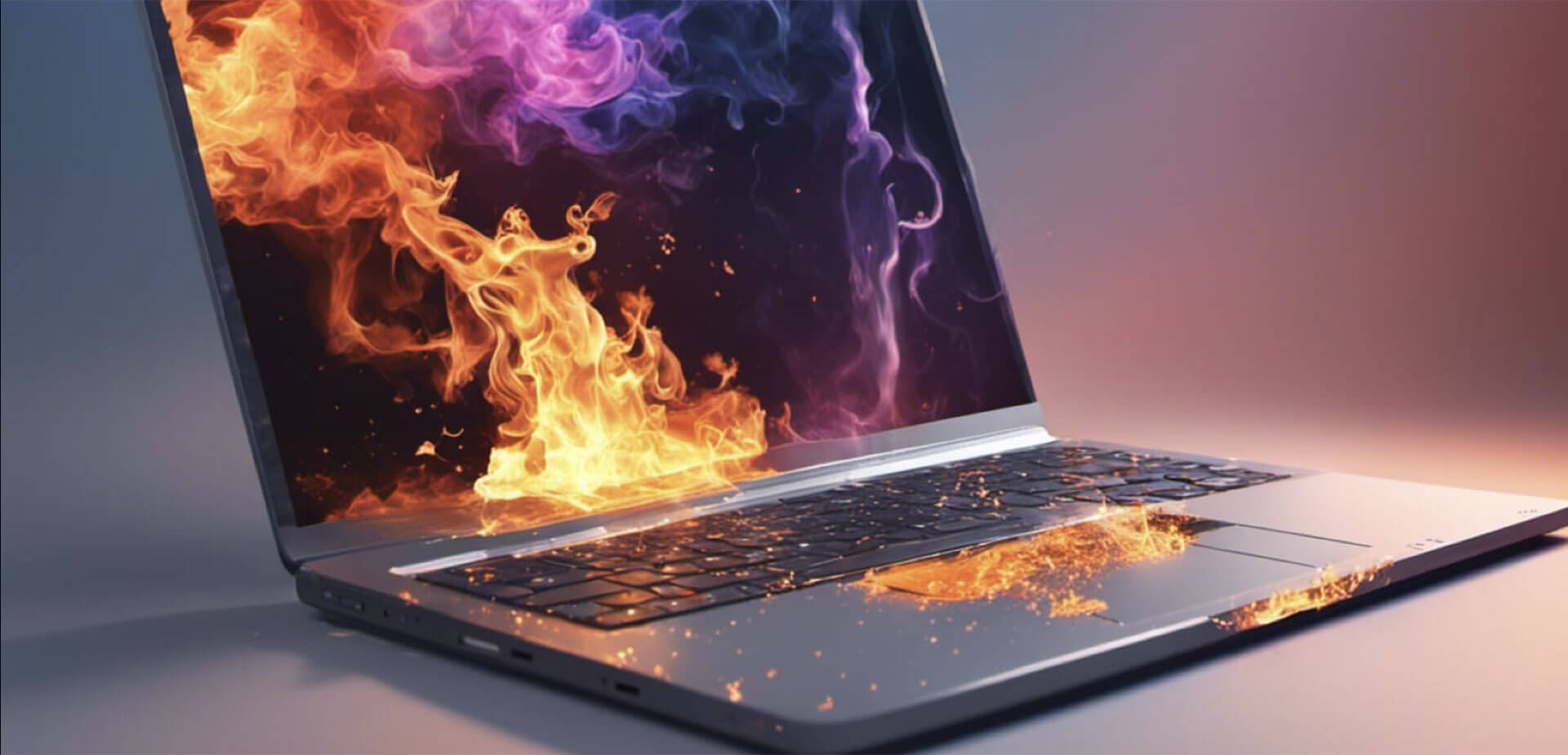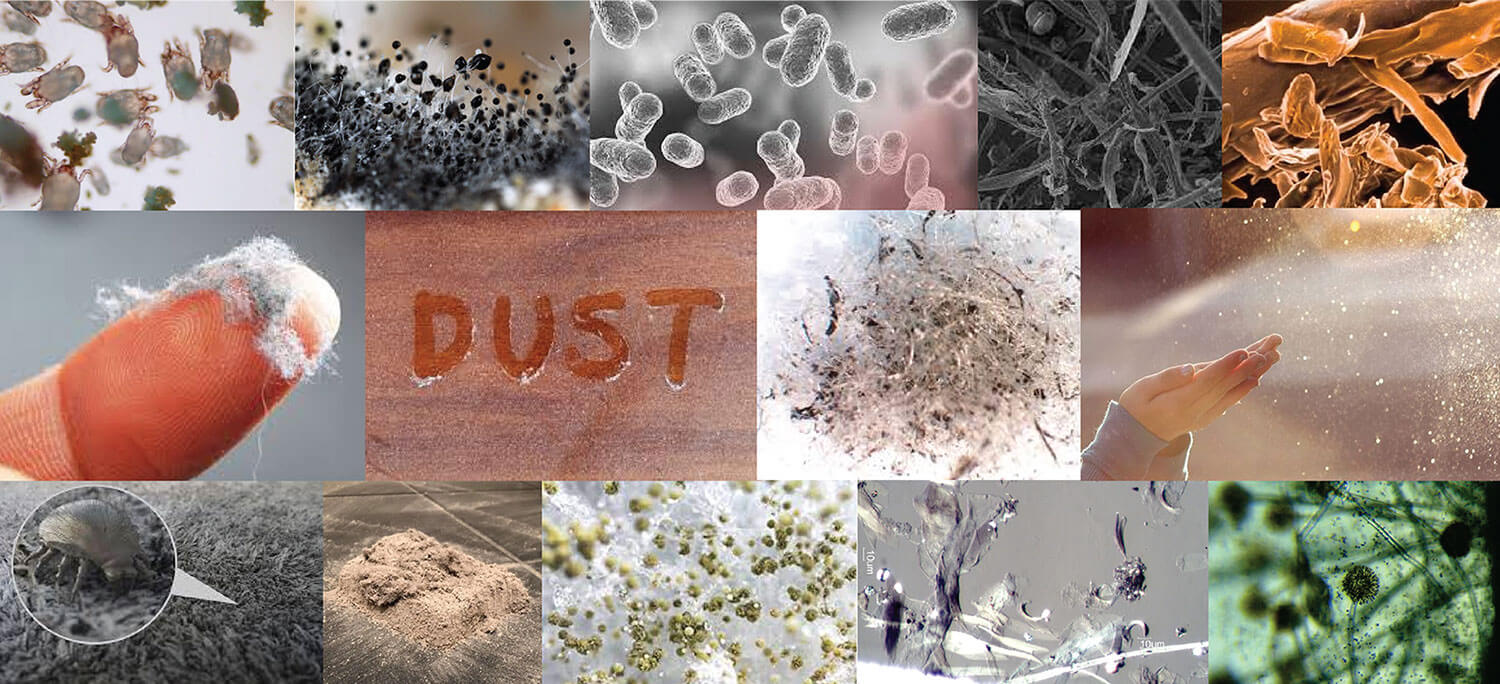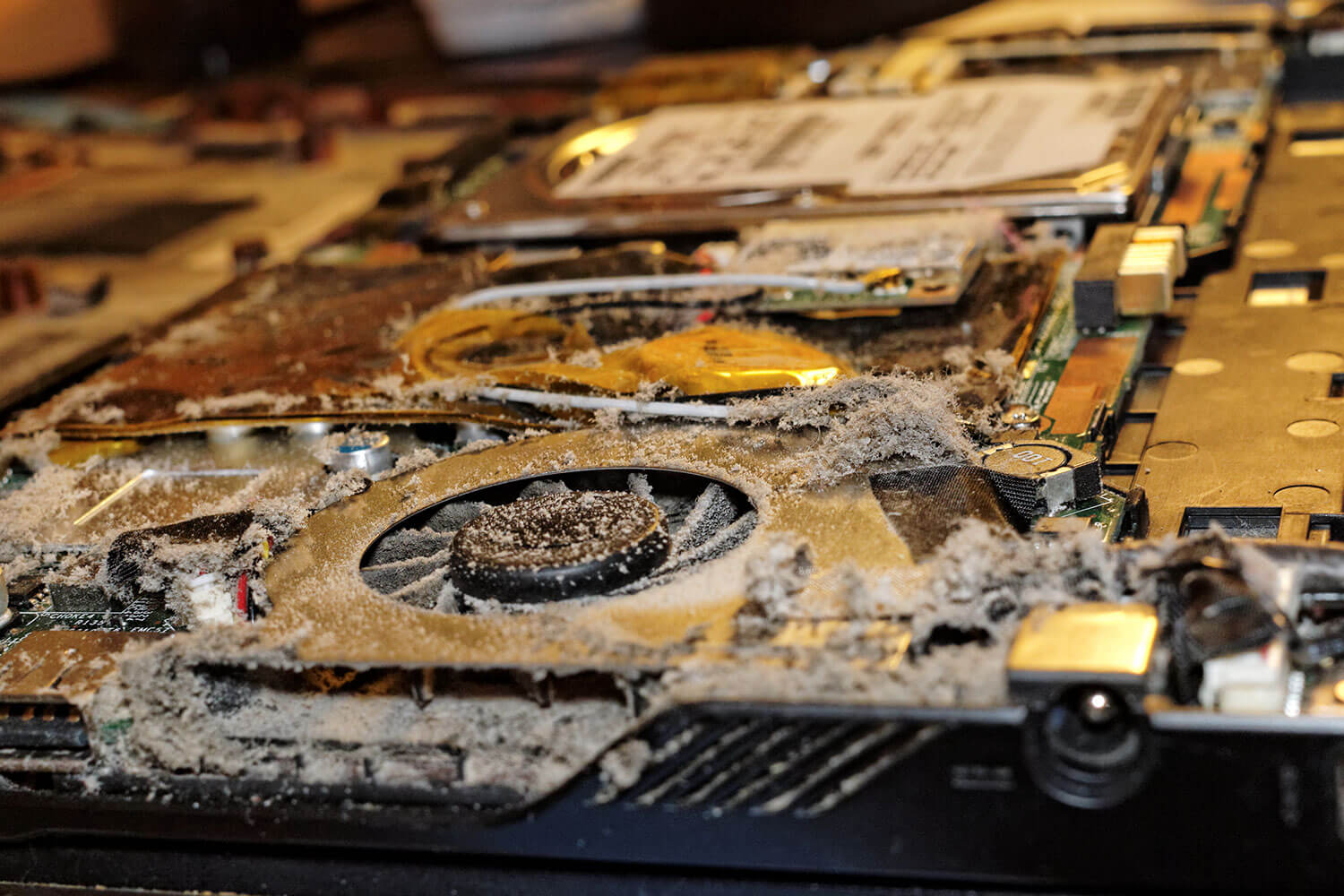
David, a diligent software engineer, spends long hours in front of his trusty laptop, crafting and training AI models that bring innovative ideas to life.
David’s laptop, the latest model with a state-of-the-art processor, was running multiple applications simultaneously, processing data, and running AI algorithms with the fervor of a marathon runner. The problem is that it was getting hot and loud.
Not only was the laptop getting hotter, but David noticed the fans whirred louder, and the performance was slowing down, frustrating him and making his workdays stretch even longer.
David, ever the engineer, wondered what heat was doing to his trusty laptop. He needed to understand the real problem and find a solution….
The truth is, heat doesn’t just make your electronics uncomfortably warm to touch – it is far more serious and is a problem that is rarely discussed, mainly due to the mistaken belief there isn’t a real solution…. (Spoiler alert: now there is)
With the ever-increasing need for smaller devices with higher performance, heat is the biggest challenge facing technology today across all electronic devices, from laptops, smartphones and WiFi routers, to gaming devices and SSD’s – everything electrical is ultimately limited by heat. When processors run at max speed, they generate a lot of heat and inadequate thermal solutions, not only cause the device to get hot, but also degrade performance.
Bad things happen to processors when they get too hot…
- Increase in Resistance: As the temperature of a processor chip - the brain of your device - rises, the electrical resistance of its components also increases. This increase in resistance impedes the flow of electrical current through transistors, resistors, and conductive traces on the chip.
- Threshold Voltage Shift: Many electronic components, such as transistors, operate based on a threshold voltage. When the temperature rises, the threshold voltage can shift, making it more challenging to switch transistors on and off accurately – the precise activity that makes the processors function. This leads to timing errors and data corruption in digital circuits.
- Signal Integrity Issues: High temperatures can result in signal integrity problems, including increased signal attenuation and jitter – making signals harder to read. These issues lead to data errors and reduced communication reliability between different parts of the chip or between chips in a system.
- Data loss and corruption: Overheating causes electronic chips to become unstable, leading to data loss or corruption. This occurs in both volatile memory (RAM) and non-volatile memory (e.g., NAND flash). Data stored in RAM can be lost if the chip crashes, while data corruption affects the integrity of stored data in non-volatile memory.
- Reduced Memory Performance: High temperatures reduce the performance of memory modules, such as RAM and SSDs. Memory access times increase, with data transfer rates decreasing, affecting overall system performance.
- Long-Term Reliability: Prolonged exposure to high temperature reduces the long-term reliability of electronic chips; accelerating wear and tear on components, leading to shorter lifespans and increased failures over time.
None of this is good, so how to avoid overheating?
In order to avoid overheating, devices must be designed with an adequate thermal solution. But lately, the processors have been getting more and more powerful, consuming more power and generating more heat. On the other hand, thermal solutions like heatsinks and fans are not getting any better.
Because of this “gap”, devices are designed to throttle, or slow down the processor, to reduce heat. Throttling is a protective mechanism aimed at preventing overheating and processor damage. It lowers the performance of your devices well below its real capability – protecting your device, but leaving you frustrated with low performance and slow operation.
How processor throttling occurs and why it reduces performance:
- When throttling, the processor reduces its clock speed, which is the rate at which it processes instructions. Lower clock speeds result in fewer instructions executed per second, leading to less heat but also significantly reduced performance.
- In addition to lowering the clock speed, the processor may also reduce its operating voltage. Lower voltage levels result in reduced power consumption and heat generation but also affects performance negatively.
- The goal of processor throttling is to bring the component's temperature back within safe operating limits. By reducing clock speeds and voltage, the component generates less heat, lowering it until it equals the thermal solution’s (e.g., heatsinks, fans) capability to dissipate the heat.
- While processor throttling can limit overheating and reduce component damage, it comes at the frustrating cost of reduced performance. This is particularly noticeable during resource-intensive tasks, such as gaming or video editing or AI model training, where the reduction in clock speed can lead to lower frame rates and longer processing times.
- Processor throttling is occurring more or more lately because the thermal solutions, such as heatsinks, fans are inadequate in heat removal generating by the latest high-performance processors.
Until now, consumers have had no alternatives, no way to effectively remove the higher device heat and maintain the performance levels they need and pay for.
A Revolution in Heat Removal
Today, there is a revolution in heat removal that is transforming device performance. AirJet, the world’s first solid state active cooling chip, can virtually eliminate the need for throttling, increasing device performance up to 3x while making devices cooler to touch.
AirJet’s compact size, just 2.8mm thick, 27.5mm x 41.5mm in size, and light weight, under 11 grams, means AirJet can remove heat from devices that have previously been unable to use active cooling. Devices like ultra-thin laptops, that have needed to reduce performance, relying on antiquated thermal approaches like throttling, noisy mechanical fans or bulky ineffective heat sinks to remove heat generated by the ever-increasing workloads consumers’ place on their devices.
AirJet is a scalable solution, with additional heat removal – and increased performance - achievable by simply adding more AirJet chips. Each chip removes 5W of heat, and the easy integration of multiple chips means two chips can remove 10W, three chips 15W and so on. AirJet’s compact size and scalable nature means manufacturers can adopt the heat removal technology in a wide range of applications, enabling increased performance in faster, thinner, lighter, silent, and dustproof devices.








